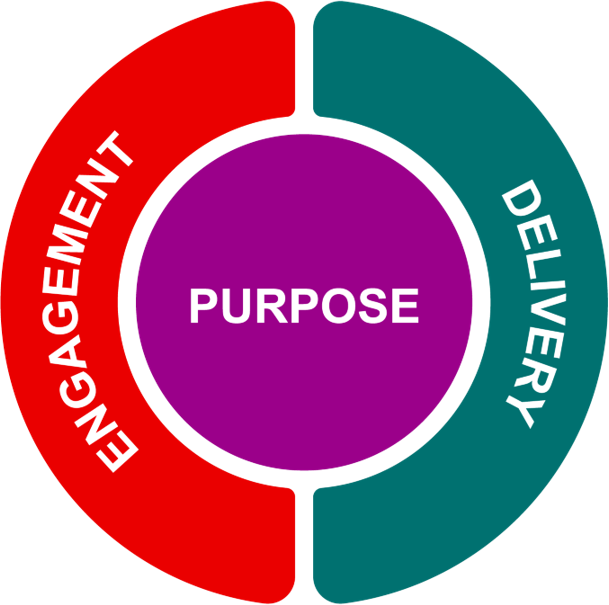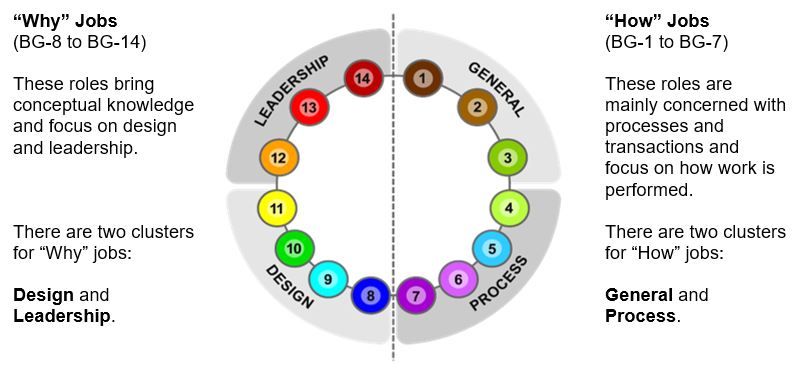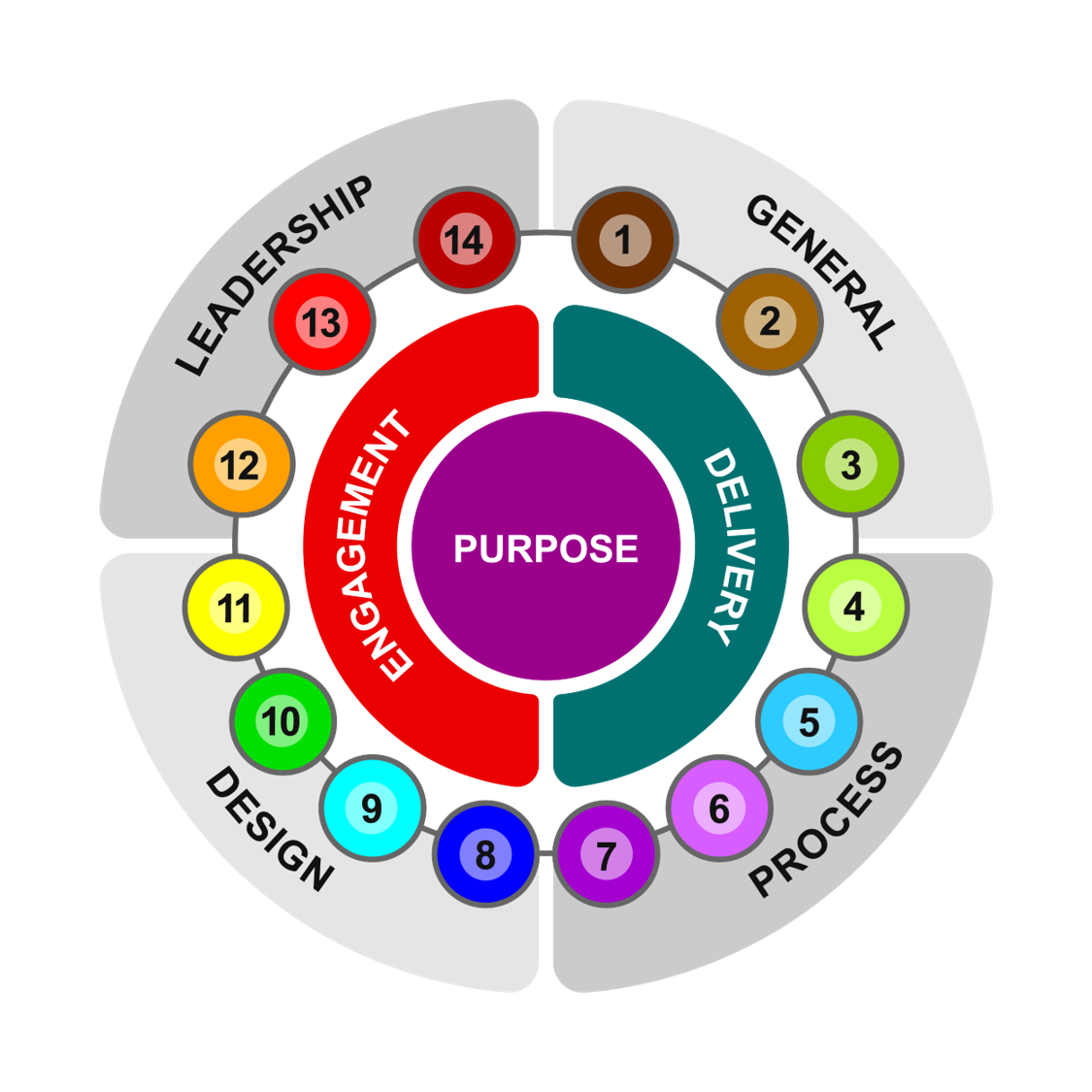- April 2024
- March 2024
- February 2024
- January 2024
- December 2023
- November 2023
- October 2023
- September 2023
- July 2023
- May 2023
- April 2023
- March 2023
- February 2023
- January 2023
- December 2022
- November 2022
- October 2022
- September 2022
- August 2022
- July 2022
- June 2022
- May 2022
- April 2022
- March 2022
- February 2022
- January 2022
- December 2021
- November 2021
- October 2021
- September 2021
- August 2021
- July 2021
- June 2021
- May 2021
- April 2021
- March 2021
- December 2020
- August 2020
- July 2020
- June 2020
- May 2020
- April 2020

Get Back to the Basics of Work
The concept of work has been around for thousands of years, and its fundamental nature hasn’t changed. That’s why we developed a simple approach to job evaluation that captures how we all intuitively feel about work.
We know everyone, no matter the job or the pay, wants to know how their work matters and how their efforts are recognized. Our framework enables Human Resources professionals and people managers to gain a more refined understanding of the organization’s components, helping them to more effectively manage all the dynamism of a living organization.
Purpose, Engagement, and Delivery
You can achieve a compelling and consistent understanding of work using three factors:
The first and by far the most important is Purpose. Why does an organization exist? What is its mission? This is the most basic question. With clarity of purpose at the institutional level, you can then examine each position in the organization and determine how that position contributes to the mission and purpose of the organization.
The second factor to examine work is Engagement. How does a job engage with stakeholders to gain support for its mission? At the job level, incumbents need to engage both internally and externally to carry out job functions. From informing to advising and advocating, engagement is the active quality of work that builds understanding, secures collaboration, and finally demonstrates the importance of work.
The third factor, Delivery, examines the creation of integrated capacities to plan, organize, and deliver a product or service that defines the unique character of the organization and the coordinated activities of its individual positions. Delivery presents the value of the work to the intended or target community and demonstrates how jobs work toward fulfilling the organization’s mission.
With these three factors, you can develop a simple yet comprehensive model of work from the organizational level through to individual jobs. It provides an integrated framework to build a community of work and to examine all the operational elements essential to organization design.
Purpose, Engagement, and Delivery are the three distinct and complementary features of work against which all organizations and jobs can be measured.
To support the mission of the organization, two broad types of roles are required: the capacity to strategize and design (the Why), and the capacity to process and execute in different operational environments (the How).
How Jobs support a range of roles involved in general support, processes, and transactions.
Why Jobs provide conceptual knowledge and expertise, and leadership to the organization.
To support the mission of the organization, the two broad types of roles — the How and the Why — can be grouped into four clusters, each containing multiple levels of jobs performing related tasks.
Each of these clusters are further subdivided to support a logical progression in levels across the fourteen grades (BG-1 to BG-14), which we’ll cover in the next section.
The General Cluster (BG-1 to BG-3) supports a range of non-office functions, like maintenance and transport, and a general information function typically entrusted to receptionists and general clerical roles.
The Process Cluster (BG-4 to BG-7) supports a range of organized subject-specific services and is further divided between roles focused on transaction execution and roles supporting quality control and service delivery.
The Design Cluster (BG-8 to BG-11) includes the roles that develop unique insights, products, and services that distinguish the organization. These are divided between roles focused on individual projects as part of a larger program and roles focused on adapting and originating programs.
The Leadership Cluster (BG-12 to BG-14) groups together expert, substantive leadership roles as well as functional and corporate management.
The value in understanding the clustering of roles and the further subdivision of the individual levels helps to establish grading configurations best suited for your organization’s program and employment dynamics.
Within each cluster of roles, job levels help to designate the contribution level of each role in the organization. The Jobs module in the Community™ platform provides detailed job illustrations, helping you classify jobs against these levels based on clearly defined criteria.
BG-1: Physical
BG-2: Mechanical
BG-3: General Office Support
BG-4: Simple Transactions
BG-5: Intricate
BG-6: Product Integrity
BG-7: Service Integrity
BG-8: Basic Conceptual Application
BG-9: Analytical
BG-10: Adaptive
BG-11: Innovative
BG-12: Functional Integration
BG-13: Corporate Advancement
BG-14: Organizational Leadership
We’ve spent decades building our experience and knowledge, and expanding and refining the methodology behind Community™. Now we’re sharing that knowledge with you on our Insights page.
Employers have always used salary survey data based on incumbent data for compensation management. But incumbent data is personal, not job-based. It's time to reject conventional wisdom and use a job-based approach. We have a solution.
If you work in international HR, you know how important market data is for the management of your international operations. Finding reliable data in all of your countries is undoubtedly a challenge.
Users of salary surveys are accustomed to referring to the market data in terms of a percentile. The most common percentile of reference is the median average or 50th percentile.
Want to Know More?
Our team of experts wants to help you think through your organizational design approaches and how Community™ can help you today.






